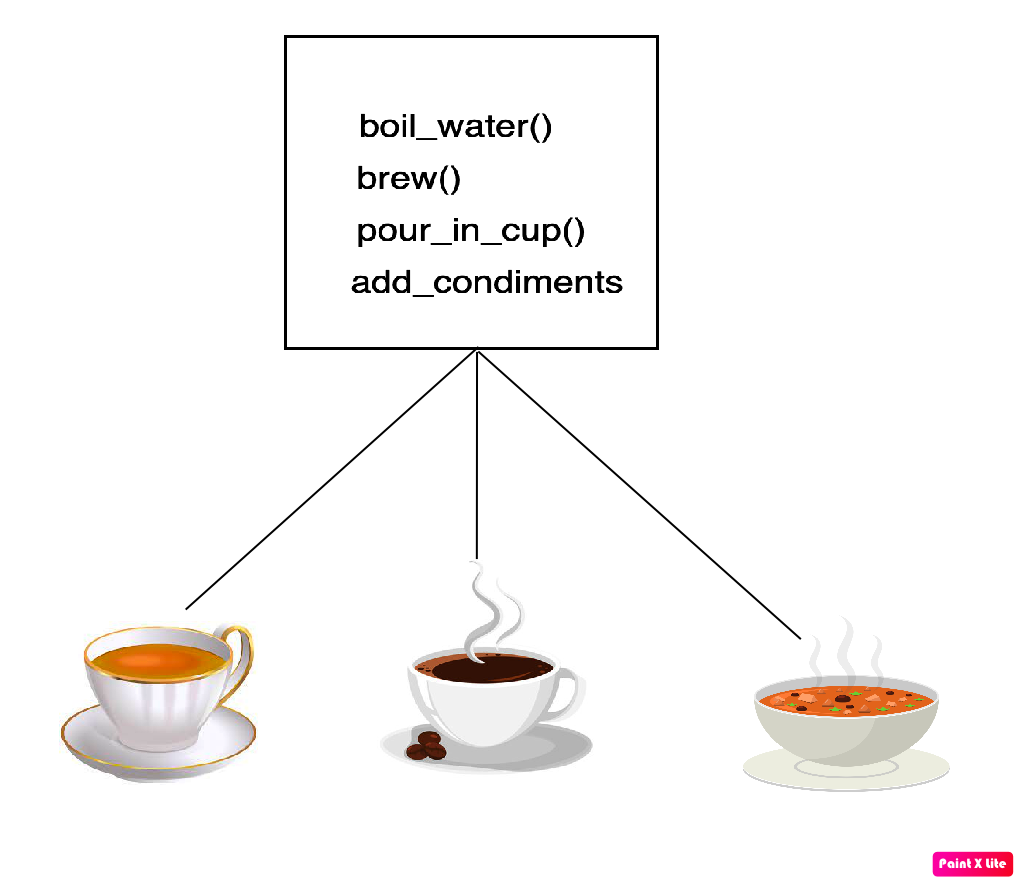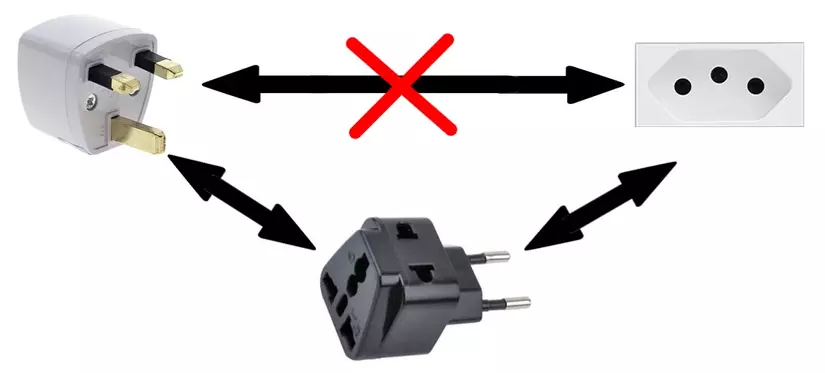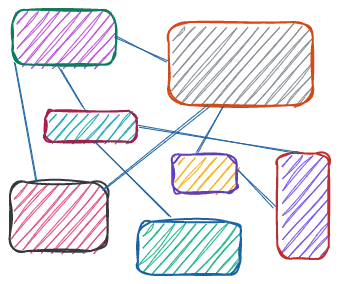Unravelling the Mysteries of the Visitor Design Pattern
Visitor Design Pattern is a powerful and flexible pattern that allows you to define operations on an object structure without altering its classes. Let’s embark on a journey to understand the intricacies of the Visitor pattern and how it can enhance the flexibility and extensibility of your code. What? The Visitor design pattern is a … Read more









